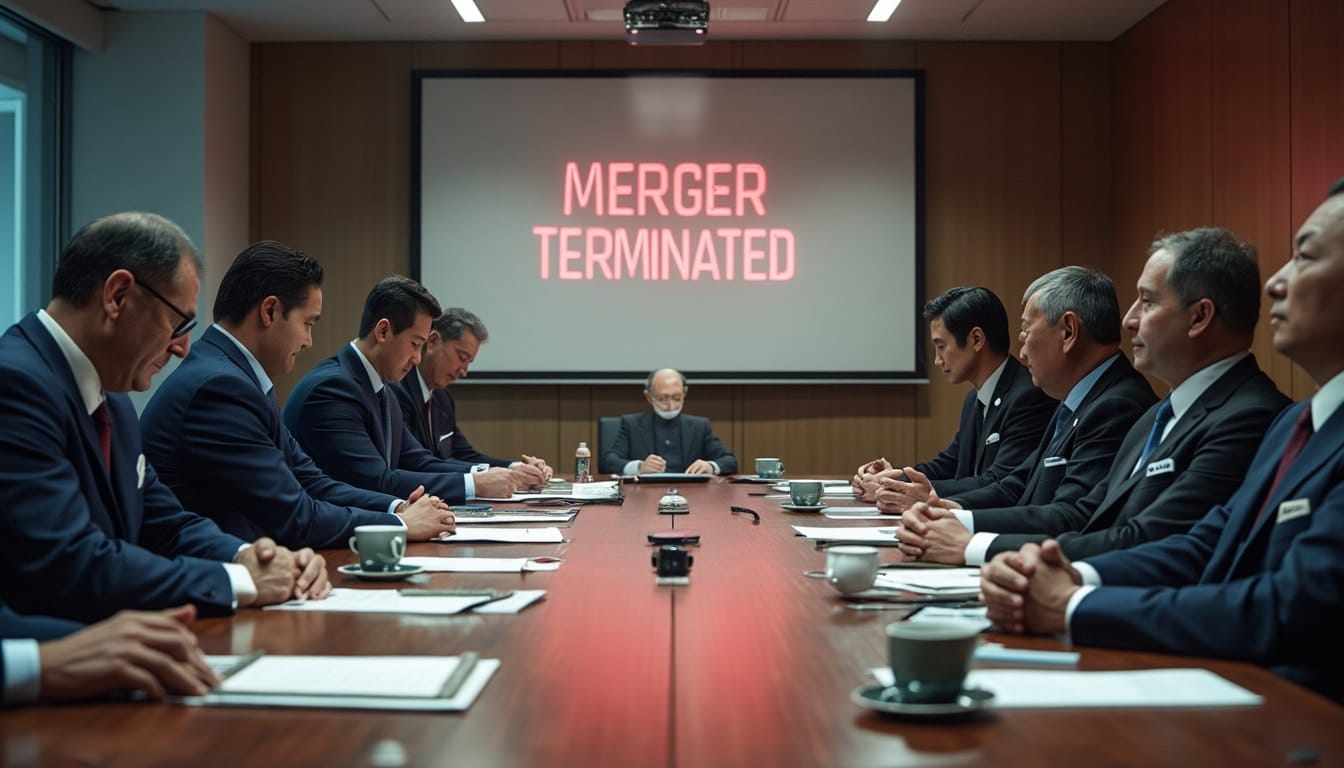The collaboration between Japanese automotive giants Nissan and Honda has come to an end. On Thursday, after months of discussions, their boards of directors officially declared the end of the merger project. This arranged marriage aimed to combine their respective strengths, but strategic disagreements and growing concerns within the management teams forced them to terminate this venture. Eyes are now turning to the future and the new strategic directions that these two heavyweights of the automotive industry will choose to take.

Table des matières
ToggleNissan and Honda: the end of negotiations
January 13 marks an important milestone in the history of Japanese automakers Nissan and Honda. After several months of intensive discussions that began in December 2024, the two giants have decided to terminate negotiations for a merger. This news hits like a bomb in the automotive world, as this merger could have solidified their position in the global market. According to the financial daily Nikkei, Nissan expressed its reluctance regarding the potential loss of its independence in the event of a possible subsidiary relationship with Honda, a decisive element in the breakdown of talks. Learn more.
The discussions for future collaboration
Although the merger is set aside, the two companies do not seem to have completely closed the door to future collaboration. Toshihiro Mibe, the CEO of Honda, and Makoto Uchida, his counterpart at Nissan, have discussed the possibility of working together on specific projects, notably in the fields of electric vehicles and technological innovation. This decision not to merge is seen by some observers as an opportunity to reassess strategic cooperation models without compromising the autonomy of each company. More info here.
Implications for the Japanese automotive industry
The absence of a merger between Nissan and Honda raises important questions about the future of the automotive industry in Japan. With the rise of digiatalization and the arrival of technology giants in the automotive market, traditional players must rethink their strategies. The current situation could push other manufacturers to consider alliances and partnerships to maintain their position in a rapidly changing sector. This context could also pave the way for significant technological innovations, such as integrating advances like AI and mechatronics, to enhance the efficiency and competitiveness of their models. Discover the implications for the industry here.





